Taxes and shipping calculated at checkout
88%
of the sea’s surface is polluted by plastic waste
10M
tons of plastic are dumped in our oceans every year
40%
of plastic produced is packaging, used just once
800
species are harmed by marine debris
#tide ocean material®
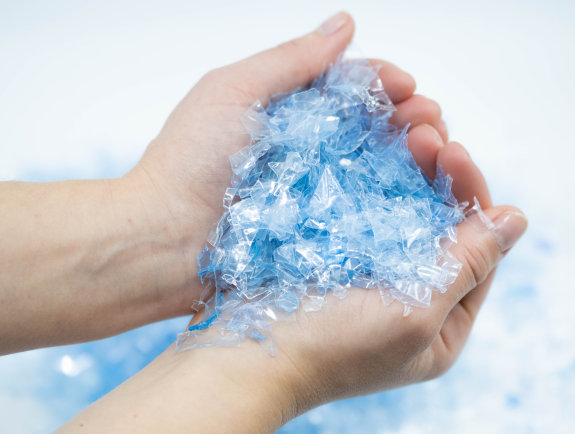
#tide ocean material®
#tide ocean material® is an award-winning resource
made from 100% ocean-bound plastic and compounded with
renewable energy.
Ocean-bound plastic is collected, sorted, shredded into
flakes, and washed. It’s then processed regionally to reduce CO2-Emissions and transportation,
allowing the material to live
a second life as packaging.
The Upcycling Process
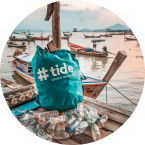
step 1
collected
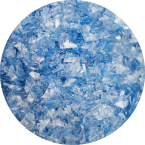
step 2
sorted, cleaned, shredded
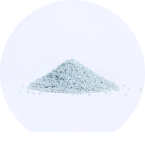
step 3
engineered into raw material

step 4
packaged
MATERIAL PASSPORT
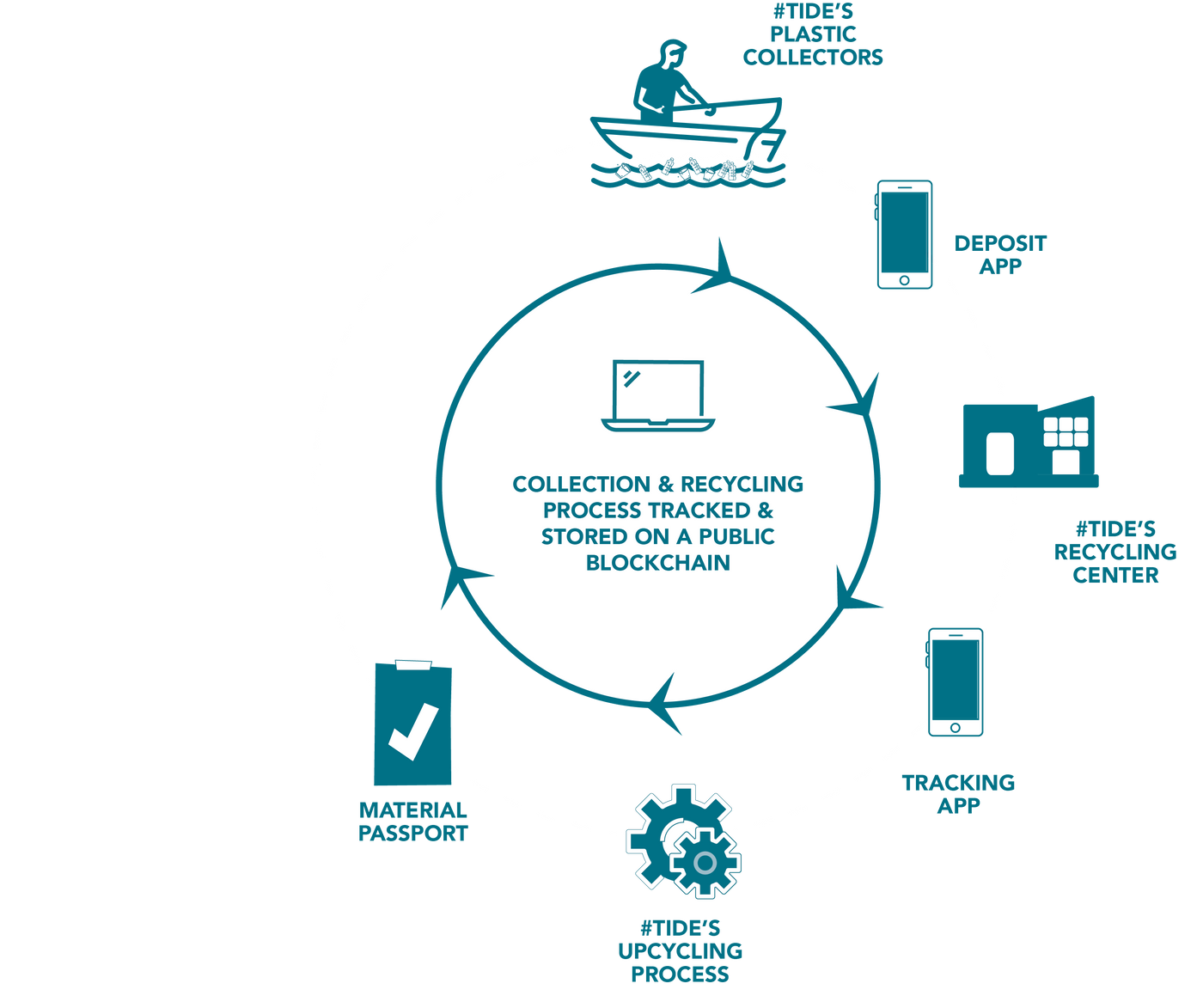
MATERIAL PASSPORT
#tide has build a strategic partnership with Norwegian tech company, Empower to keep track of #tide's ocean material flow through every step of the journey. Data such as photos, dates, volumes and information about each individual process is saved on a public blockchain for maximum transparency and security.
The tracking data allows us to provide a material passport, showing the full journey through #tide's supply chain from plastic waste to high quality #tide ocean material®.
In 3 years, #tide has upcycled the equivalent of more than 30 million plastic bottles.
There is 0% of virgin plastic present in #tide ocean material®.
The upcycling process produces up to 80% less CO2 emissions than producing virgin plastics.
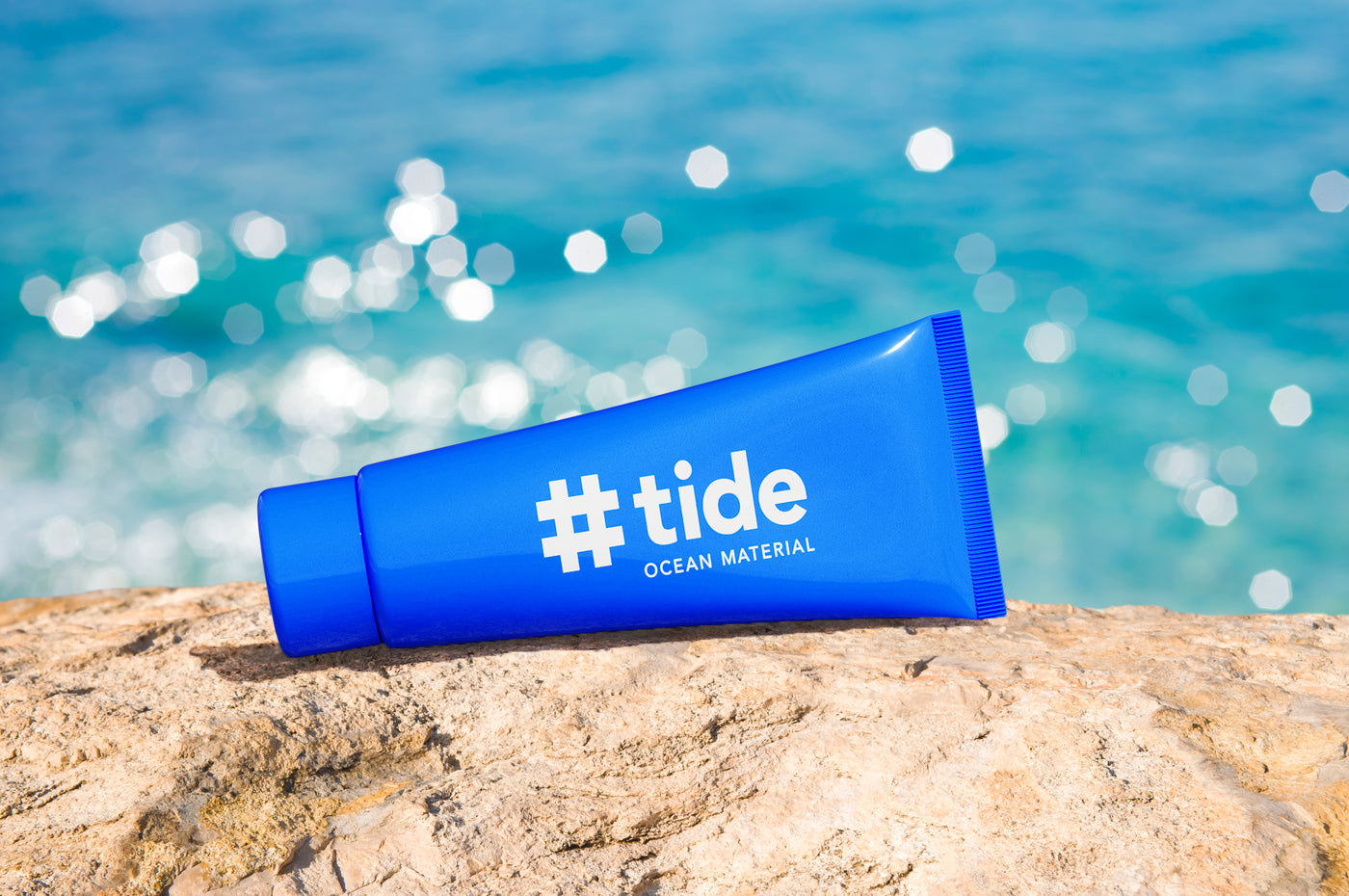
our #tide ocean material® Packaging
Join us in revolutionizing the meaning of sustainable beauty. Contact us to learn more about how you can use ocean plastic in your packaging.
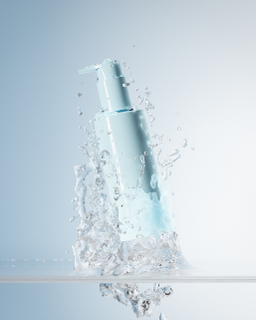
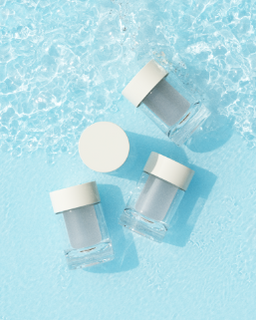
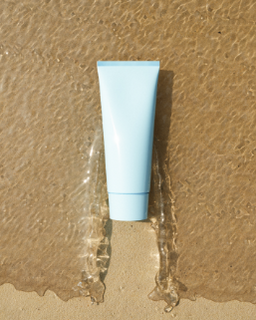
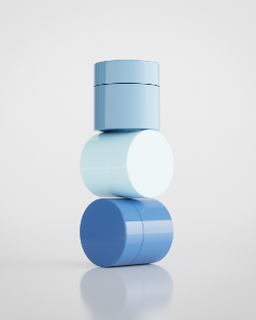
FAQs
What happens when consumers scan the QR code to track #tide's Ocean Material?
Scanning the QR code leads to the Material Passport, generated for each order which includes the following information:
- Material type (eg. Polypropylene, PET, etc.)
- Volume
- Date of collection, processing, shipping, etc.
- Interactive map showcasing each step of the collection, aggregation, processing and shipping.
- General info about #tide
Is there sufficient stock available or concerns with supply?
It is important to note that pollution of plastic in the ocean increases by 8’000’000 Tons every year, which means there is a sufficient amount of waste for #tide to collect. Additionally, #tide is planning to expands its collection efforts from Thailand, Indonesia and the Philippines to also Mexico, Columbia, Ghana, South Africa, Lebanon, Maldives and Brazil by 2025.
Where is the ocean bound plastic being collected? What countries specifically?
#tide's main focus is Southeast Asia, specifically Thailand, Philippines and Indonesia. These are countries that are particularly affected by ocean-bound plastic pollution. In fall 2022, #tide has also launched its first project on the American continent; the Caribbean coast of Mexico.
How much does adding OB material increase cost?
As the cost of virgin plastic has increased a lot in recent times due to the shortage of fossil resources such as raw oil the energy crisis has made recycled plastic an even more attractive option than it already was before. The big impact of #tide’s OBP – social value, environmental value and marketing value – clearly exceeds the additional costs.
What type of plastics are available when using #tide Ocean Material?
PET, PP, HDPE and LDPE
What percentage of OB plastic can be used?
Uo to 100% Ocean-Bound Plastic resin
Does adding OB plastic affect color?
OBP isn’t as pristine as virgin resin, however we are seeing an improved quality over local PCR. OBP can be colored with any pantone colors. Percentage of color will depend on the color but it’s between 2-5% of the masterbatch color you need to add during the injection.
How does block chain technology work; how does the QR code work?
The blockchain functions as an immutable ledger where every transaction is documented. All the respective data (volume, geolocation, date, photos, etc.) is stored on a public blockchain. The QR code links to a Material Passport which contains data of the existing supply chain.
Can components made with OBP plastic be recycled?
Yes, you can recycle it easily as the upcycling process of our OBP is mainly mechanical.
How to recycle packaging made with #tide ocean material®?
Every country has its own recycling systems, easiest is you bring your plastic packaging with your other plastic waste to your local recycling center.
Where are the collected plastics processed?
#tide wants to reduce transportations and therefore is processing on 2 different continents to serve manufacturers in Asia and Europe. Coming soon: A processing facility in Mexico to serve North America.
